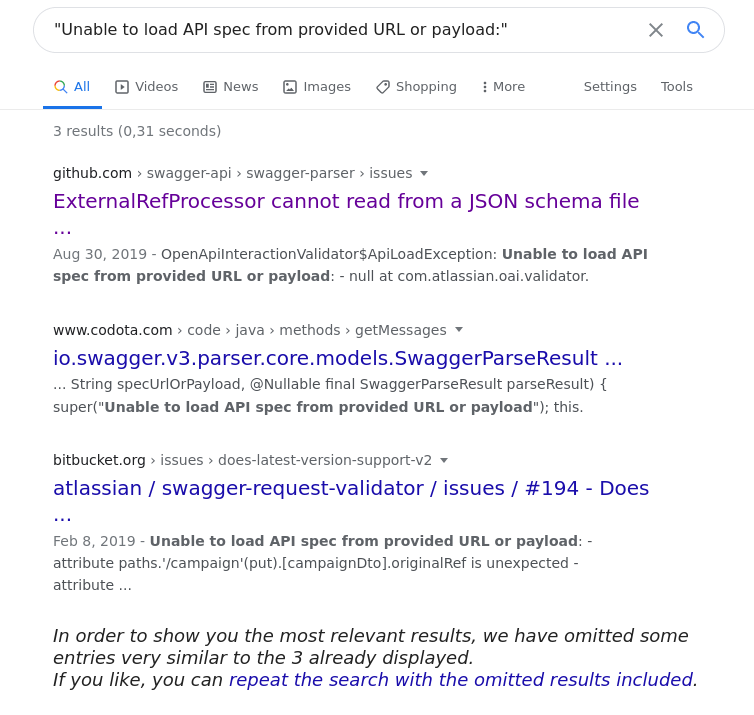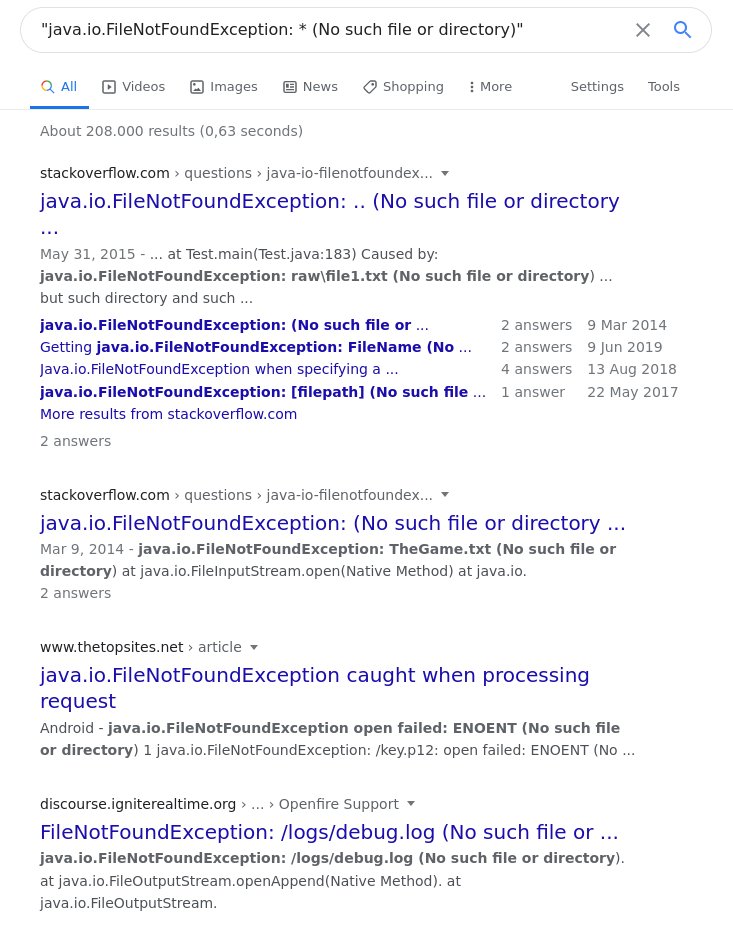
Hey #JVM folks, are you willing to explore some Deep Machine Learning or AI and not ready to learn Python? I have collected a list of libraries which allow you to implement any ML dreams without leaving the #JVM world. 🧵 👇
deeplearning4j - a suite of tools for deploying and training DL models using the JVM. Highlights include model import for keras, tensorflow, and onnx/pytorch, a modular and tiny c++ library for running math code.
100% must see 👉 rli.to/iNTuA
100% must see 👉 rli.to/iNTuA
Dagli by @LinkedIn - is a machine learning framework that makes it easy to write bug-resistant, readable, efficient, maintainable and trivially deployable models in Java 9+ (and other JVM languages).
👉 rli.to/B4Ait
👉 rli.to/B4Ait
Tribuo by @Oracle - is an ML lib that provides multi-class classification, regression, clustering, anomaly detection and multi-label classification. It implements popular ML algorithms. It contains all the code to load, featurise and transform data.
👉 rli.to/4y5YB
👉 rli.to/4y5YB
MLlib - is Apache Spark's scalable machine learning library. ML algorithms include: classification, regression, decision trees, recommendation, clustering, topic modelling, frequent itemsets, association rules, and sequential pattern mining.
👉 rli.to/FdWU8
👉 rli.to/FdWU8
Apache OpenNLP - the library is a machine learning-based toolkit for processing text. It supports tokenization, sentence segmentation, part-of-speech tagging, named entity extraction, chunking, parsing, language detection and coreference resolution.
👉 rli.to/QmcyD
👉 rli.to/QmcyD
Deep Java Library (DJL) - is an open-source, high-level, engine-agnostic Java framework for deep learning. DJL is designed to be easy to get started with and simple to use for Java developers.
👉 rli.to/F6xXB
👉 rli.to/F6xXB
Apache Mahout - is a distributed linear algebra framework and mathematically expressive Scala DSL designed to let mathematicians, statisticians, and data scientists quickly implement their own algorithms.
👉 rli.to/UXeSt
👉 rli.to/UXeSt
Smile by @haifengl - Statistical Machine Intelligence and Learning Engine. It is a fast and comprehensive machine learning, NLP, linear algebra, graph, interpolation, and visualization system in Java and Scala. It delivers state-of-art performance.
👉 rli.to/6Ijbr
👉 rli.to/6Ijbr
Apache Ignite ML - is a set of simple, scalable and efficient tools that allow the building of predictive Machine Learning models without costly data transfers.
👉 rli.to/pBu79
👉 rli.to/pBu79
KotlinDL is a DL API written in Kotlin and inspired by Keras. It uses TensorFlow Java API and ONNX Runtime API for Java. It has APIs to train DL models from scratch, import existing Keras and ONNX models for inference, and leverage transfer learning.
👉 rli.to/WihuJ
👉 rli.to/WihuJ
Thanks for reading. 🙏
If you found the thread interesting, then like, RT the first tweet of the thread and follow @xpvit for more content like this. I create such threads on a weekly basis.
👇
If you found the thread interesting, then like, RT the first tweet of the thread and follow @xpvit for more content like this. I create such threads on a weekly basis.
👇
https://twitter.com/xpvit/status/1605139665178312704
• • •
Missing some Tweet in this thread? You can try to
force a refresh







